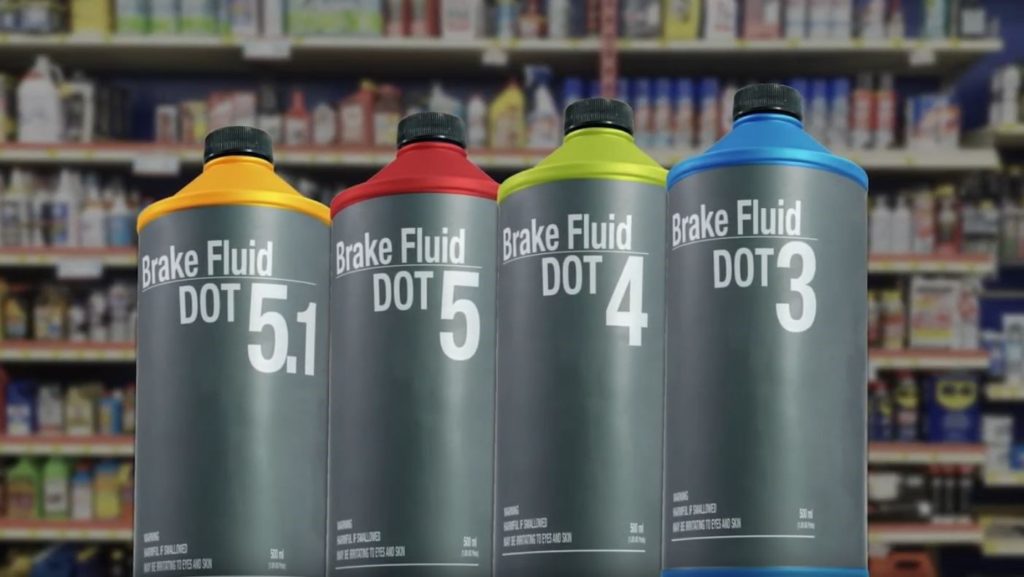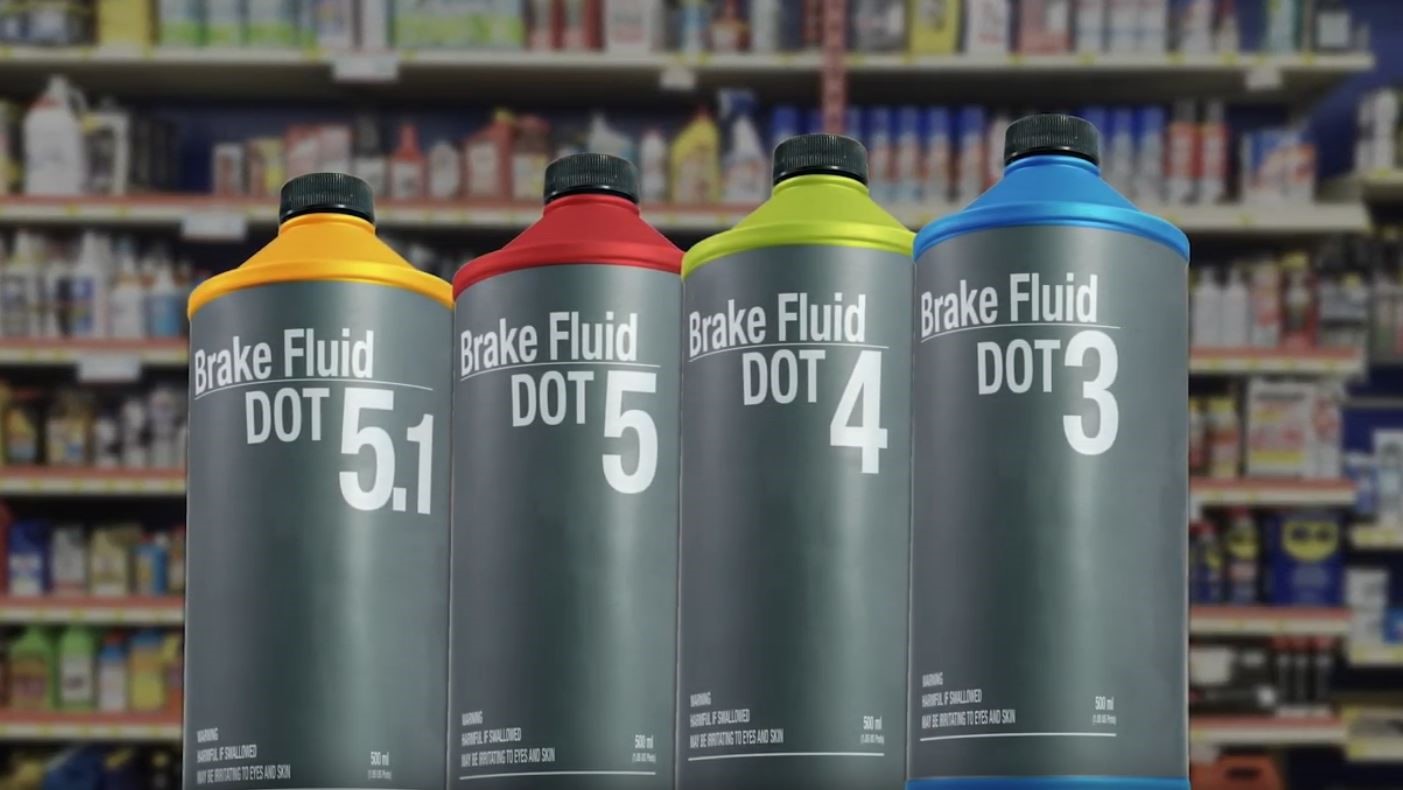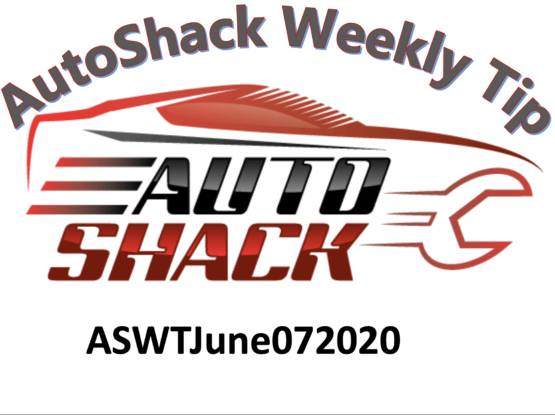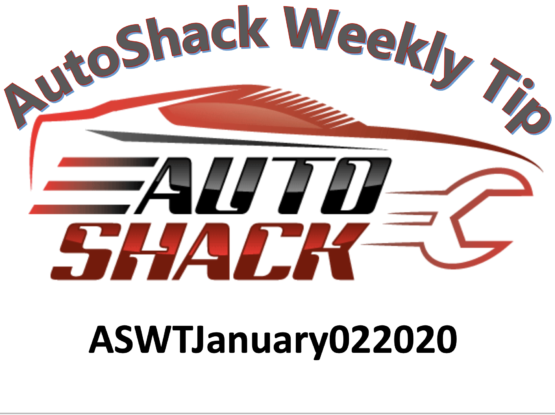OVERVIEW
Brake fluid is an integral part of the braking system. When you step on the brake pedal, the brake fluid transmits the brake pedal force from your foot to the brake calipers or drum pistons through a series of brake hoses and lines. This applied force results in caliper/piston movement and contact with the brake pads, causing the vehicle to slow down and come to an eventual stop.
There are several important properties of brake fluid that make it ideal for application in a braking system. Factors such as boiling point, viscosity at low temperatures and moisture-rejection properties play a significant role in the quality of brake fluids.
One of the most important brake fluid properties that vehicle owners should be aware of is its ability to handle heat. The better the temperature capability, the better its ability to dissipate heat from the brakes and improve braking performance. Most of the brake fluid performance properties are found on the container. In this article, we discuss the brake fluid types and some basic things every vehicle owner should know about them. For instance, do you know that you should not mix DOT 3 AND DOT 5 brake fluid types? What is DOT you might ask? Read on…

DOT DOT DOT
There are several types of brake fluids classified by specifications set by the SAE (Society of Automotive Engineers) using FMVSS 116. FMVSS stands for Federal Motor Vehicle Safety Standards.
Per FMVSS 116, brake fluids are assigned DOT numbers based on their performance capabilities. DOT is the acronym for Department of Transportation (United States Department of Transportation to be exact).
Generally, the higher the DOT number, the better the performance but this does not mean that if your vehicle requires DOT3 you can replace it with DOT5 for better performance. Some brake fluids are not compatible with each other. More on this shortly.
The brake fluids currently on the market are DOT3, DOT 4, DOT 3/5, DOT5 and DOT 5.1.

Generally, a higher DOT number represents a higher boiling point – so DOT4 would have a higher boing point than DOT3, making it more suitable for more rigorous applications.
Choosing the right brake fluid for your vehicle is not merely based on the simple premise that if DOT5 is higher than DOT4 then choosing DOT 5 is better. Some brake fluids are not compatible with each other. For instance, while DOT 3 and DOT4 are interchangeable, DOT 5 is not interchangeable with either of those. DOT3 and DOT4 are polyglycol-based while DOT5 is silicone-based and do not combine well when mixed. It is worth mentioning that brake fluid is extremely hard on vehicle paint. You should never bring it into contact with vehicle paint. If you do, rinse thoroughly and immediately with lots of water and soap.
HOT HOT HOT
Brake systems and brake fluids designed to work across a broad range of temperatures-from the subzero Canadian climate to tropical Accra. In extreme conditions, such as in heavy stop and go traffic (and especially in a hot climate like we experience daily in Ghana) brake fluid temperatures can get extremely high. Too much heat within the braking system causes a dangerous condition called Brake Fade, during which braking capability is significantly reduced.
When too much heat is generated in the braking system, the brake fluid can boil and not effectively engage the brake calipers to stop the vehicle. It is therefore extremely important that the brake fluid maintains its integrity during hard braking and high heat conditions.
Brake fade has been shown to be a leading cause of extended braking distances and accidents on poorly managed vehicle braking systems. Figure 3 shows the different types of brake fluids, their boiling points and their corresponding chemical compositions.

The dry boiling point refers to the minimum boiling point of fresh uncontaminated brake fluid. Wet boiling point is the minimum boiling point when the fluid has been contaminated with about 4% water.
WHAT ELSE?
Factors such as ability to flow freely at high temperatures, low freezing point (in cold climates), non-corrosive nature, lubrication properties and moisture rejection properties are all important considerations in brake fluid capabilities. Viscosity is another important requirement for brake fluids. This is especially true for vehicles equipped with Anti-lock Braking Systems (ABS) and Electronic Stability Program (ESP) Systems. Fluid flows through control mechanisms in these systems, which often have narrow passageways. Therefore, suitable viscosity is important, as it ensures precise and immediate transmission of the braking force, with no delay in the response. Luckily, vehicle owners need not worry about all these characteristics although, understanding of the temperature capabilities and which fluids can be combined are useful pieces of information to have when purchasing brake fluid.
KEEPING THINGS FRESH
Because of its hygroscopic (ability to readily absorb water/moisture) properties, brake fluid will lose quality over time as it absorbs moisture, causing the fluid to lose some of its original characteristics. In fact, SAE field assessments show that a vehicle that is just one year old has about 2% of water in its brake fluid. In extreme temperature conditions, deteriorated brake fluid will form vapor bubbles well before reaching the boiling point provided on the label. It is important to know that, brake fluid deterioration begins immediately, even with a small amount of moisture intrusion. As it absorbs moisture over time, it will need to be checked and replaced for optimum braking performance.

Despite being a crucial and integral part of your vehicle, many car owners tend to overlook brake fluid. Brake system maintenance is an important contribution to vehicle longevity, your safety and the safety of other road users. Check the brake fluid in the time intervals specified by the manufacturer and replace when needed. This process is called flushing. There are typically recommended flushing intervals specified by the vehicle manufacturer. If you are unsure of this interval, please contact AutoShack Ghana for assistance on 057MYSHACK (0576974225).
If you need brake fluid, don’t skimp on quality. We have quality brake fluids in stock. Please click here to check out our online store or call us for assistance.
This article was written by Kwabena Mensah. If you have any questions for him or would like to connect with him, please do so in the following ways
Linkedin: https://www.linkedin.com/in/mike-mensah-e-i-t-38490715/
Facebook: https://www.facebook.com/wofakwabenamensah
Instagram: https://www.instagram.com/kwabena__mensah/





